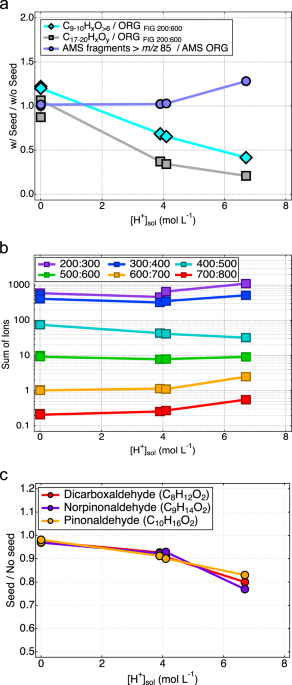

It is a vast region of near-undisturbed verdant growth, covering almost 60 % of the total land area of Brazil and constituting almost 40 % of global tropical forest cover ( Baccini et al., 2012).
#Trebs inorganic gases and aerosol driver#
The Amazon rainforest is one of the last remaining wildernesses on Earth, which – through a select combination of environmental and geographical factors – acts as a critical, living driver of global climate ( Malhi et al., 2008). A future campaign should focus on making similar measurements in the wet season in order to provide a complete view of the annual pattern of inorganic trace gas and coarse aerosol biosphere–atmosphere exchange over tropical rainforest. This work provides a unique dataset to test and improve dry deposition schemes for these compounds for tropical rainforest, which have typically been developed by interpolation from conditions in temperate environments. The exchange of NH 3 and HONO was bidirectional, with NH 3 showing emission episodes in the afternoon and HONO in the early morning hours. Deposition rates of NO 3 - and Cl − were higher at 7.1 and 7.8 mm s −1, respectively, reflecting their larger average size. SO 2 was deposited with an average daytime surface resistance ( R c) of 28 s m −1, whilst aerosol components showed average surface deposition velocities of 2.8 and 2.7 mm s −1 for SO 4 2 - and NH 4 +, respectively. HNO 3 and HCl were deposited continuously at a rate close to the aerodynamic limit. From the flux measurements, the dry season budget of total reactive nitrogen dry deposition at the ATTO site was estimated as −2.9 kg N ha - 1 a - 1. Findings from this campaign include observations of elevated concentrations of NH 3 and SO 2 partially driven by long-range transport (LRT) episodes of pollution and the substantial influence of coarse Cl − and NO 3 - particulate on overall aerosol mass burdens. Fluxes and deposition velocities were derived from the concentration gradients using a modified form of the aerodynamic gradient method corrected for measurement within the roughness sub-layer. Species concentrations were measured in the dry season (from 6 October to 5 November 2017), at the Amazon Tall Tower Observatory (ATTO) in Brazil, using a two-point gradient wet-chemistry instrument (GRadient of AErosols and Gases Online Registration, GRAEGOR) sampling at 42 and 60 m. This study presents the first simultaneous hourly measurements of concentrations, fluxes, and deposition velocities of the inorganic trace gases NH 3, HCl, HONO, HNO 3, and SO 2 as well as their water-soluble aerosol counterparts NH 4 +, Cl −, NO 2 -, NO 3 - and SO 4 2 - over the Amazon. Its alternation between a near-pristine marine-influenced atmosphere during the wet season and a vulnerable system affected by periodic intrusions of anthropogenic pollution during the dry season provides an opportunity to investigate some fundamental aspects of boundary-layer chemical processes. The Amazon rainforest presents a unique, natural laboratory for the study of surface–atmosphere interactions.


 0 kommentar(er)
0 kommentar(er)
